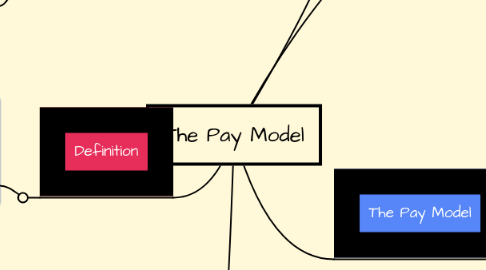
1. Perspectives of Compensation
1.1. Employees' View
1.1.1. major source of financial security
1.1.2. Return in exchange
1.1.3. Entitlement for being an employee
1.1.4. Reward for job done
1.2. Managers' View
1.2.1. Major expense
1.2.2. Influence employee behavior and motivation
1.3. Stockholders' View
1.3.1. Create sense of ownership
1.3.2. Linking executive pay to company performance
1.4. Society's View
1.4.1. Measure of Justice
1.4.2. Benefits
1.4.3. Job losses or gain
1.4.4. Lead to price increase
2. Definition
2.1. Compensation refers to all forms of financial returns and tangible services and benefits employees receive as part of an employment relationship.
2.1.1. New vocabulary
3. Forms of Pay
3.1. Total Returns
3.1.1. Total Compensation
3.1.1.1. Cash Compensation
3.1.1.1.1. Base
3.1.1.1.2. Merit/ Cost of Living
3.1.1.1.3. Short-term Incentives
3.1.1.1.4. Long-term Incentives
3.1.1.2. Benefits
3.1.1.2.1. Income protection
3.1.1.2.2. Work-Life Balance
3.1.1.2.3. Allowances
3.1.2. Relational Returns
3.1.2.1. Recognition & Status
3.1.2.2. Employment Security
3.1.2.3. Challenging Work
3.1.2.4. Learning Opportunities
4. TextBook page 3
5. The Pay Model
5.1. Compensation Objectives
5.1.1. Efficiency
5.1.1.1. Quality
5.1.1.2. Customer
5.1.1.3. Performance
5.1.1.4. Stockholder
5.1.1.5. Cost
5.1.2. Fairness
5.1.3. Ethics
5.1.4. Compliance
5.2. Policies
5.2.1. Internal Alignment
5.2.2. Competitiveness
5.2.3. Contributions
5.2.4. Management
5.3. Techniques
5.3.1. Internal Structure
5.3.2. Pay Structure
5.3.3. Pay For Performance
5.3.4. Evaluation

